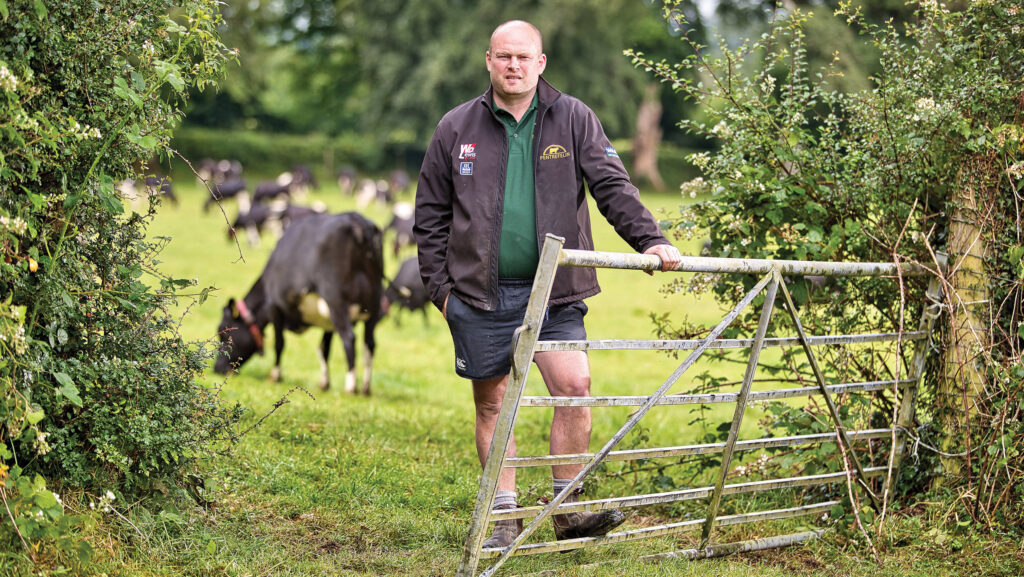Farmer Focus: I don’t think I’ve got the hedgecutting job
 © Richard Stanton
© Richard Stanton Start of September saw us pregnancy-scan 425 milkers.
We expected to be disappointed as the wet spring and low-energy grass meant cow performance never really took off this year.
But now silage has been introduced, they seem fuller and more content, so hopefully they will slowly gain condition.
See also: Grassland dairy unit adopts low-input strategy
The cows scanned at 12% empty, and a further 8%, selected as non-breeders before serving, mean 87 will exit the herd before Christmas.
The in-calvers will be all dried off in mid-December.
Heifers, on the other hand: three empties out of 118 – which is about the same as usual.
Hedgecutting day brought a sudden surprise.
The main cutter operator (my father, Aeron) suddenly passed out at 11am.
He went to A&E and 33 hours later, left with a pacemaker.
A month later and father is back on it, but in the meantime, I was left to cut hedges on the slopes and wet fields before the rain came.
It was uneventful – apart from the tractor running off at one point; we needed two tractors and chains to get it back.
I admire other operators who do an excellent, tidy job of top lines and sides.
I was soon aware that it made no difference to me whether it was day or night or what speed I did – it looked as rough as hell, regardless.
I am hoping Dad can do the roadsides, where nosey neighbours can see and comment on the quality of the job.
All our cows have sexy new collars with more real-time information than the ones we’ve had for the past four seasons.
(A good deal followed the TrueTest/Datamars acquisition.)
Thank you to staff from Datamars who put on 338 collars and set up the new hub in between milkings.
Getting cows in-calf is probably the most important aspect to get right in our herd.
A system that monitors heats and health is a great management tool.
Milkers were coughing at the start of September.
It didn’t improve, so with a few phone calls I managed to get some ivermectin pour-on for £2 a dose.
It seemed like a no-brainer with a bit of discount.
After a couple of days, the coughing stopped.

